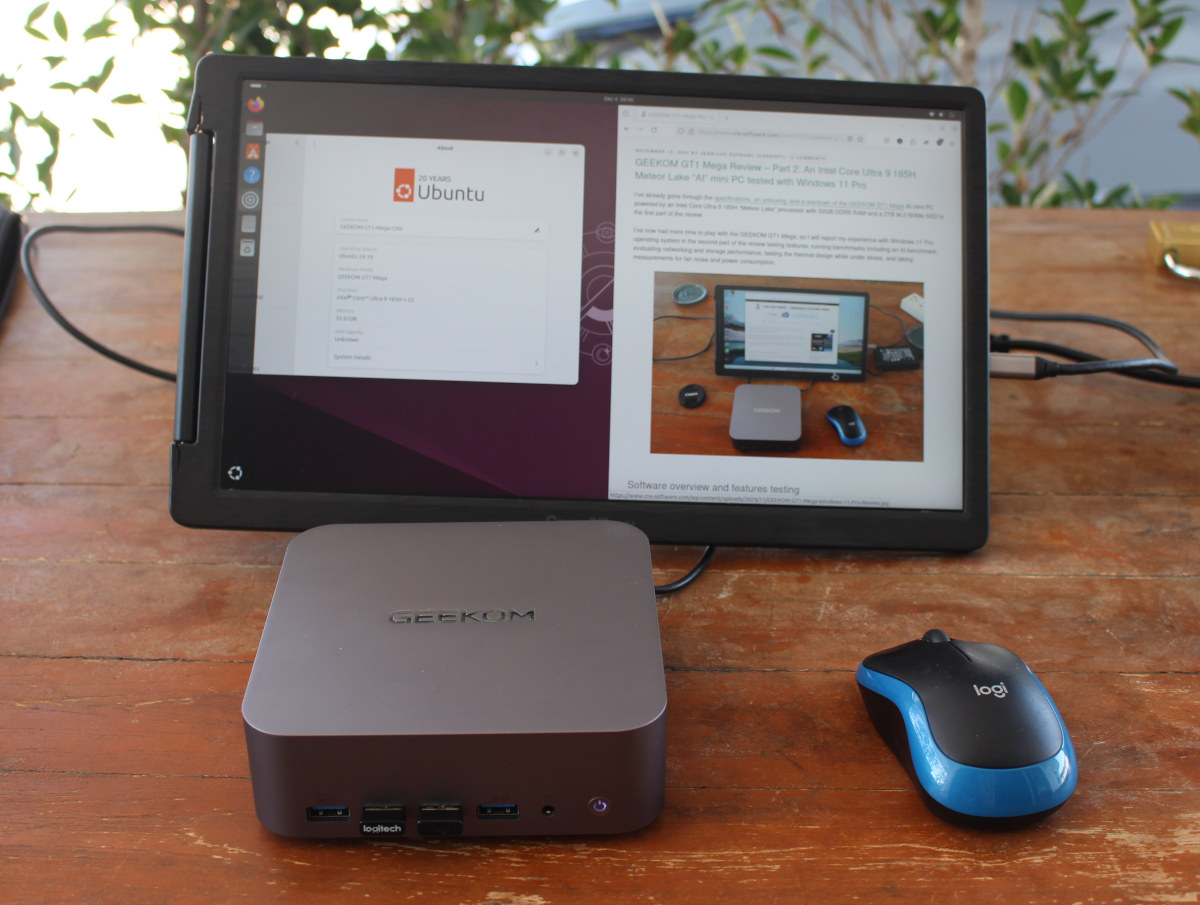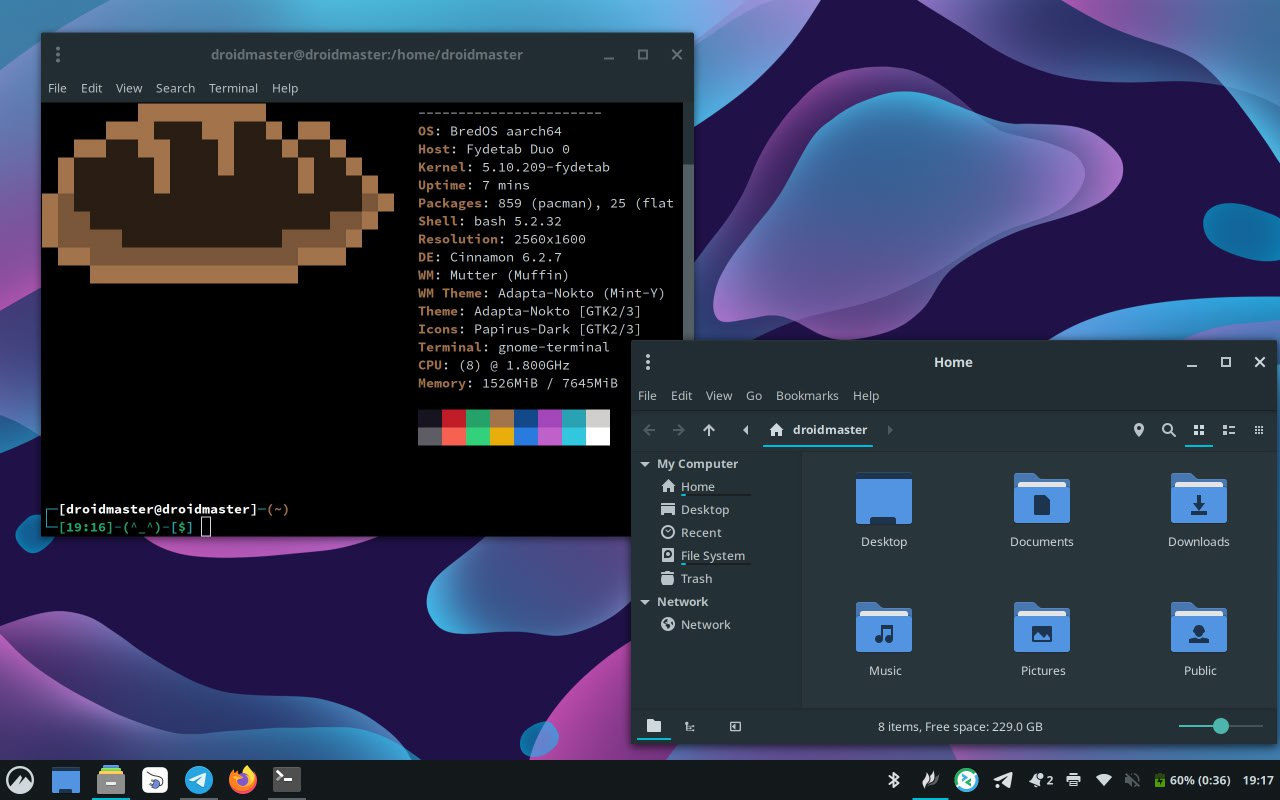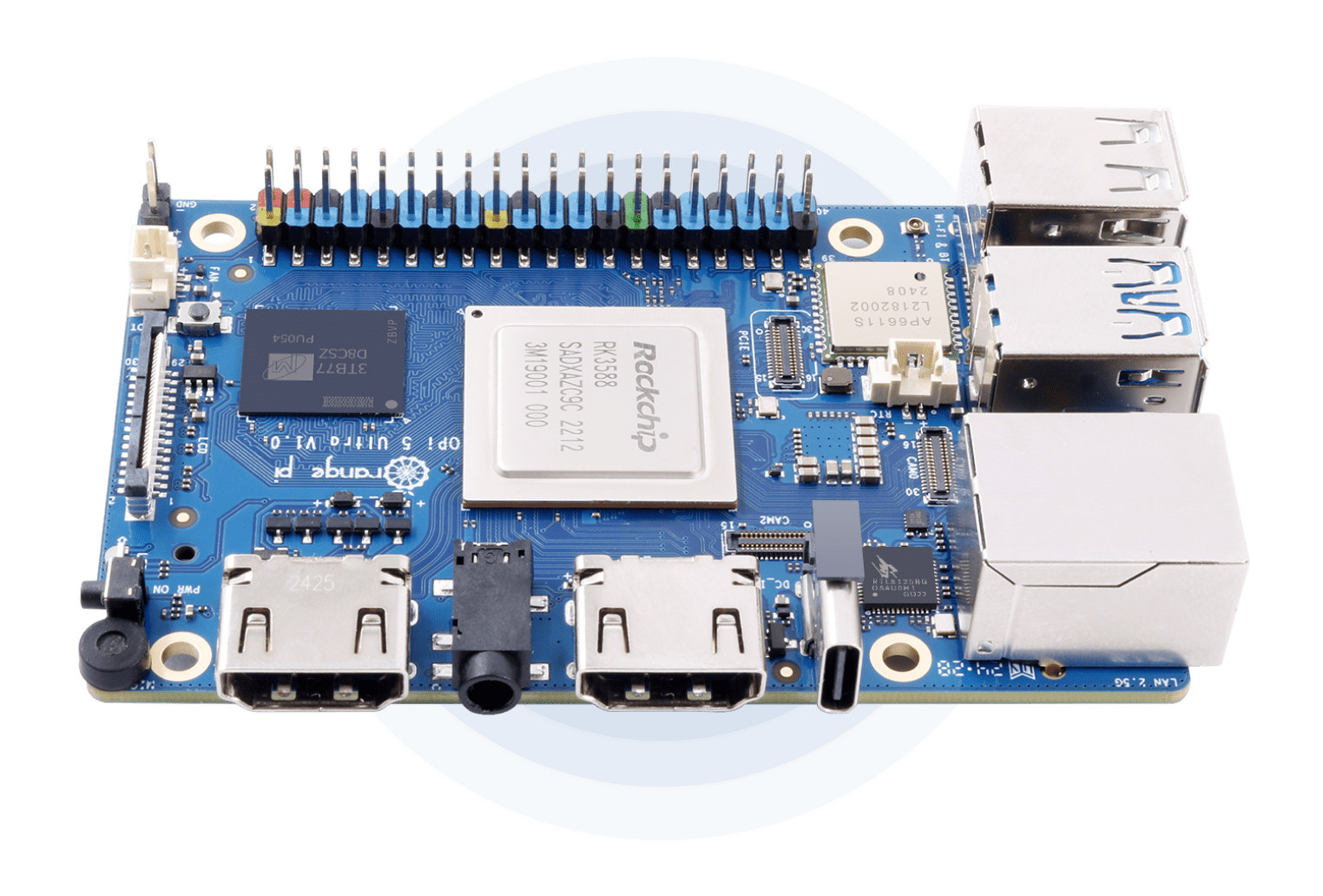MIPS first unveiled the MIPS P8700 series IP along with the I8500 multiprocessor IP cores in 2022, and the company has now announced the general availability of the P8700 64-bit RISC-V core. Built for Advanced Driver Assistance Systems (ADAS), ML, and software-based automotive applications, the MIPS P8700 Multiprocessing System (MPS) scales up to 64 heterogeneous clusters of out-of-order, multi-threaded multi-core MIPS CPUs. P8700 series RISC-V processor’s RISC-V architecture The P8700 is MIPS’ first RISC-V IP. It implements the RISC-V RV64GCZba_Zbb instruction set architecture. It allows the MPS to execute atomic operations, single-precision, and double-precision floating-point operations and incorporates bit manipulation extensions, which streamline data processing tasks. This capability with compressed instructions through the RISC-V C extension (RVC) allows for out-of-order multi-threading. P8700 series’ out-of-order multi-threading and heterogeneous clustering Out-of-order multi-threading simply means that the MPS processes multiple instructions simultaneously without following an order. Hence, the MPS can process even co-dependent […]
GEEKOM GT1 Mega review with Ubuntu 24.10 – Part 3: Linux on an Intel Core Ultra 9 185H “Meteor Lake” mini PC
We’ve already had a look at GEEKOM GT1 Mega’s hardware with an unboxing and a teardown before following up with a thorough review of the Intel Core 9 Ultra 185H mini PC with Windows 11 Pro. After being interrupted by some Raspberry Pi reviews, I finally had the time to test the GEEKOM GT1 Mega with Ubuntu 24.10 to check out how well (or not) it works with a recent Linux distribution. I’ve tested the features of the Meteor Lake mini PC in Linux, ran some benchmarks, evaluated storage and network performance, played 4K and 8K videos on YouTube at various frame rates, went through a stress test to check its thermal design, and finally measured the mini PC’s fan noise and power consumption. Ubuntu 24.10 installation I would usually review mini PCs with the latest Ubuntu LTS version which would currently be Ubuntu 24.04.1. However, since the Intel Core […]
u-blox MAYA-W4 tri-radio IoT module features NXP IW610 chipset with Wi-Fi 6, Bluetooth 5.4, and 802.15.4 radios
Last year, we covered the u-blox MAYA-W3 module, which was based on the Infineon AIROC CYW5551x chipset and utilized separate chipsets for 2.4 GHz, 5 GHz, and 6 GHz frequencies. Now, u-blox has introduced the MAYA-W4 series, a host-based Wi-Fi 6, Bluetooth 5.4, and 802.15.4 module built on the NXP IW610 chipset. Designed for industrial and commercial applications such as building automation, energy management, smart homes, and healthcare, the MAYA-W4 series supports SISO Wi-Fi 6 with a 20 MHz channel width, ensuring reliable performance in dense network environments. These modules can function as access points, stations, P2P devices, or in mixed modes. The MAYA-W4 modules are compatible with the Matter protocol over Thread and Wi-Fi, facilitating seamless integration across ecosystems. With a compact size of 10.4 x 14.3 mm, these modules rank among the smallest Wi-Fi 6 SMD modules and are available with integrated antennas or U.FL connectors. Rigorous testing […]
BredOS Arch Linux Arm distribution runs on Rockchip RK3588 single board computers
BredOS is a Linux distribution based on Arch Linux Arm and optimized to run on Rockchip RK3588/RK3588S single board computers (SBCs) with current support for 22 boards from Radxa, Orange Pi, Khadas, and others. Board vendors will usually provide OS images for their SBCs, but the quality and support may be limited, so projects like Armbian and DietPi are maintaining Ubuntu and/or Debian images for popular single board computers. But if you’re an Arch Linux (Arm) fan, there are fewer choices, and you may have to roll your own port for your board. BredOS provides an easy-to-use alternative based on Arch Arm Linux. BredOS highlights (provided by the developers): User-Friendly Interface – A simplified and intuitive user interface for easy navigation and use. Arch-Based – Built on top of Arch Linux, ensuring access to a vast repository of packages and a rolling release model. Arm Support – Optimized for Arm-based […]
Silicon Labs SiWG917Y and SiWN917Y are ultra-low power WiFi 6 and Bluetooth LE 5.4 IoT modules
Silicon Labs SiWG917Y and SiWN917Y are pre-certified, ultra-low power 2.4 GHz WiFi 6 and Bluetooth Low Energy (LE) 5.4 modules made as an extension of the Wireless Gecko Series 2 Arm Cortex-M33 microcontroller family and designed for IoT applications such as Smart Home devices, building automation solutions, healthcare devices, industrial sensors, and asset trackers. The SiWG917Y module is used as a standalone solution where all application code runs on an Arm Cortex-M4 core, and the SiWN917Y module is designed as a Network Co-processor so customers can execute their application on a separate MCU while the wireless module manages WiFi 6 and BLE 5.4. Silicon Labs SiWx917Y modules specifications: Microcontroller MCU Arm Cortex-M4F application core up to 180 MHz (225 DMIPS performance) Arm Cortex-M4 network wireless processor running up to 160 MHz, Accelerators – Integrated FPU, MPU, NVIC, Matrix vector processor (MVP) Memory 672 KB embedded SRAM shared by Cortex-M4 and […]
CapibaraZero firmware enables low-cost Flipper Zero alternatives based on ESP32-S3 hardware
CapibaraZero open-source firmware aims to offer a low-cost alternative to Flipper Zero for ESP32-S3-based hardware platforms and soon other gizmos with ESP32 wireless microcontrollers, notably the LilyGO T-Embed CC1101, similar to the original T-Embed with ESP32-S3 WiSoC, but also featuring a Texas Instruments CC1101 Sub-GHz microcontroller and an NXP PN532 NFC/RFID module. The Flipper Zero is a popular portable multi-tool for pentesters and hardware hackers based on STMicro STM32WB55 Bluetooth 5 LE & 802.15.4 wireless microcontroller and a TI CC1101 Sub-Ghz MCU that got involved in controversies such as a ban proposal in Canada last year due to its (dubious) potential use for car theft. Since then we’ve seen several alternatives such as Monstatek M1 (that’s yet to be delivered to backers…) and HackBat open-source hardware with Raspberry Pi RP2040, ESP8266 WiFi module, and the CC1101 RF transceiver. The CapibaraZero firmware offers another way to create your own cheap Flipper […]
Renesas RZ/T2H Cortex-A55/R52 industrial MPU and Dev Board support EtherCAT, PROFINET, and TSN
Renesas RZ/T2H industrial MPU is the most powerful member of its RZ/T2 series of real-time microprocessors. The MPU features four Arm Cortex-A55 CPUs for application tasks and two Cortex-R52 CPUs for real-time control. It supports 9-axis motor control with 3-phase PWM timers, delta-sigma interfaces, and encoder interfaces. It also supports Industrial Ethernet protocols like EtherCAT, PROFINET, and TSN. These features make it ideal for industrial applications such as industrial robots, PLCs, motion controllers, and CNC machines. Renesas launched the RZ/T2L single-core Arm Cortex-R52 MPU just last year, and before that, in 2022, they launched the RZ/T2M dual Arm Cortex-R52 MPU. The RZ/T2L was just a cost-down version of RZ/T2M with an EtherCAT controller, compared to those old controllers the latest RZ/T2H supports 9-axis motor control and compatibility with various industrial Ethernet protocols. Renesas RZ/T2H specifications: CPU 4x Arm Cortex-A55 (64-bit) clocked at up to 1.2GHz with 32KB L1 I/D cache, 1MB L3 cache 2x […]
Orange Pi 5 Ultra SBC offers HDMI 2.1 output and HDMI 2.0 input
The Orange Pi 5 Ultra is a Rockchip RK3588 SBC that’s slightly larger than a business card and visually identical to the Orange Pi 5 Max introduced last August, but replacing one of the two HDMI 2.1 video outputs on the latter with an HDMI 2.0 input port. The new single board computer is still offered with up to 16GB LPDDR5, an eMMC flash module connector or soldered-on eMMC flash, an M.2 socket for an NVMe SSD, 2.5GbE and WiFi 6E networking, and four USB 3.0/2.0 ports. Orange Pi 5 Ultra specifications: SoC – Rockchip RK3588 CPU – Octa-core processor with 4x Cortex-A76 cores @ up to 2.4 GHz, 4x Cortex-A55 cores @ up to 1.8 GHz Arm Mali-G610 MP4 GPU with support for OpenGL ES1.1/2.0/3.2, OpenCL 2.2, and Vulkan 1.2 6 TOPS AI accelerator with support for INT4/INT8/INT16/FP16 mixed operation VPU – 8Kp60 H.265/VP9/AVS2 10-bit decoder, 8Kp30 H.264 decoder, […]









